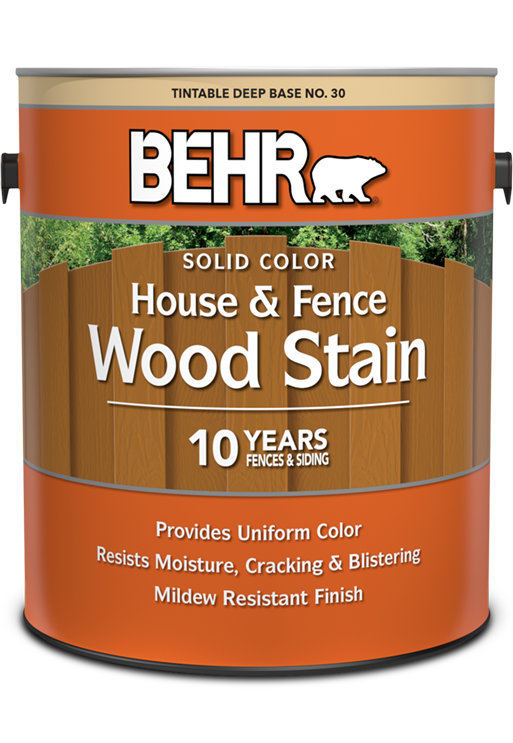
- Wood Privacy Fence System
- Wood Picket Fence System
- Wood Post and Rail Fence System
- Wood Custom And Lattice Fence System
- How to protect your fence
- The war! of the woods ♪♪what is it good for??♪♪
- Wood gate hardware
Cedar Fence vs. Pine Fence
Cedar Fence |
Pressure-treated Pine Fence |
In the fencing industry, there is often a debate or “war” between different types of materials used for fences, particularly when it comes to wood and alternative materials like vinyl or composite. This debate centers on various factors, including durability, cost, aesthetics, and environmental considerations. Here are some key points in the ongoing debate:
The “war” in the fencing industry revolves around striking a balance between the aesthetics, natural appeal, and affordability of wood versus the durability, low maintenance, and environmental considerations of alternative materials. Ultimately, the choice of fencing material often depends on individual preferences, budget, and specific needs, and there’s no one-size-fits-all answer. Customers should carefully consider their priorities when selecting the right fence for their property.
The choice between pressure-treated pine pickets and cedar pickets in the fencing industry often comes down to several factors, including cost, durability, appearance, and maintenance. There’s no one-size-fits-all answer, as each type of wood has its own advantages and disadvantages. Here’s a breakdown of the considerations for both options:
Pressure-Treated Pine Pickets:
-
Cost: Pressure-treated pine is generally more budget-friendly than cedar. It’s one of the most affordable wood options for fencing.
-
Durability: Pressure-treated pine is treated with chemicals to resist rot, decay, and insect infestations. It can last a long time when properly maintained.
-
Appearance: Initially, pressure-treated pine may have a greenish tint due to the treatment, but it typically weathers to a natural gray color over time. It has a rustic appearance that some people find appealing.
-
Maintenance: While pressure-treated pine is relatively low-maintenance compared to untreated wood, it still requires occasional staining or sealing to prolong its lifespan.
Cedar Pickets:
-
Cost: Cedar is generally more expensive than pressure-treated pine, making it a premium wood choice.
-
Durability: Cedar is naturally resistant to decay, rot, and insect damage. It has a reputation for being highly durable, often without the need for chemical treatments.
-
Appearance: Cedar has a warm, natural appearance with a reddish-brown hue. Many homeowners appreciate its aesthetic appeal, and it doesn’t require staining or sealing to maintain its appearance.
-
Maintenance: Cedar is relatively low-maintenance, especially when compared to pressure-treated pine. It weathers gracefully and doesn’t require the same level of ongoing care.
Considerations:
-
Budget: If cost is a primary concern, pressure-treated pine may be the more economical choice.
-
Aesthetics: If you value the natural, reddish-brown appearance of cedar and prefer a wood that ages gracefully, cedar might be the better option.
-
Durability: Cedar is naturally durable, which can lead to a longer lifespan for your fence. However, properly maintained pressure-treated pine can also last a long time.
-
Maintenance: Cedar generally requires less maintenance in terms of staining or sealing, but both options benefit from occasional upkeep.
-
Environmental Impact: Cedar is often considered more environmentally friendly due to its natural resistance to decay and insects, reducing the need for chemical treatments.
Exterior Fence Builders, Inc. only use pressure treat pine posts as the foundation for all of our wood fence construction.
Using pressure-treated pine posts for fencing in Georgia’s red clay soil offers several advantages:
-
Rot Resistance: Georgia’s red clay soil retains moisture, which can lead to the rotting of untreated wood. Pressure-treated pine is infused with preservatives that make it highly resistant to decay and rot, even in moist soil conditions.
-
Insect Resistance: In addition to rot resistance, pressure-treated pine is also less attractive to insects and pests, which can be common in outdoor environments.
-
Durability: Pressure-treated pine is known for its durability and longevity, making it a reliable choice for fence posts. It can withstand the challenges posed by Georgia’s climate and soil conditions.
-
Cost-Effective: Pressure-treated pine is often more cost-effective than alternative materials like cedar or composite. This makes it a practical choice for those looking to build a sturdy fence while staying within budget.
-
Readily Available: Pressure-treated pine is widely available in Georgia, making it a convenient choice for local residents and contractors.
-
Low Maintenance: While pressure-treated pine may require periodic sealing or staining to maintain its appearance, it generally requires less maintenance than untreated wood.
-
Environmental Considerations: Modern pressure-treated pine often uses environmentally friendly preservatives, making it a more sustainable choice compared to some other materials.
Overall, pressure-treated pine is well-suited for fencing in Georgia’s red clay soil due to its resistance to rot, insects, and moisture. It offers a balance between durability and affordability, making it a practical choice for many homeowners and contractors in the region.
One thing to note about using pressure-treated pine materials with the installation of fences
For years, the treated lumber industry got a deservedly bad rap for preservatives that included toxic chromate copper arsenic (CCA). In 2003 the industry voluntarily suspended the use of CCA for residential use, although it continues to be used for commercial applications. Today’s treated wood preservatives still include some form of copper, which isn’t toxic inhibits the growth of mold and mildew, and repels insects. Some manufacturers avoid the telltale incisions used to help preservative chemicals penetrate the wood. Instead, they employ new high-pressure techniques that drive the preservatives deep into the heart of the lumber. Another trick: Adding water repellants to the preservatives to help the lumber fend off moisture. No matter what pressure-treated lumber you decide to use, always wear a dust mask and eye protection when cutting pressure-treated wood, and wear gloves when handling the material
One thing to note about using cedar materials with the installation of fences
This is where cedar comes into the picture. Tight-grained, good-looking, and weather-resistant, cedar is the best choice anywhere aesthetics are important. Cedar makes beautiful decking, railings, arbors, and trellises. It can be sanded to a smooth finish that makes it ideal for handrails, bench seats, and children’s play structures. Due to its chemical properties, cedar is naturally weather-resistant and repels most bugs. But over the years it can crack slightly and develop a fuzzy surface texture unless it’s periodically refinished. Cedar accepts sealers and stains beautifully and should be refinished every two to three years. If you plan to keep your cedar’s natural color, note that cedar can darken dramatically when exposed to sunlight. You’ll want to be vigilant about applying clear sealers with UV (ultraviolet light) blockers to keep the rich color of the natural wood. “Don’t put cedar where it’s in direct contact with the ground or set it in concrete. It may last for a while, but eventually, it will rot and deteriorate”
Protect your wood fence

The Fence Supply Companies have The Wood Defender stains that they are recommending. I have seen through fence companies in Atlanta. I’m sure it is good. I’ve used Behr stain for years. It hasn’t failed me yet. I will use them just to prove to myself which is better. or how it really doesn’t matter which stain you are using. With the Behr just make sure that you get the House & Fence bucket. pictured here to the left. save some Mula, Dough, and Bones. It’s one of the most inexpensive ones. You can get the semi-transparent as well. oh yeah. I found the best stain applicator at Home Depot. It cost about $40.00. but, it gets the job done for you DIYer. It makes it easier for me to make the money from you that you should be saving by doing it yourself.
